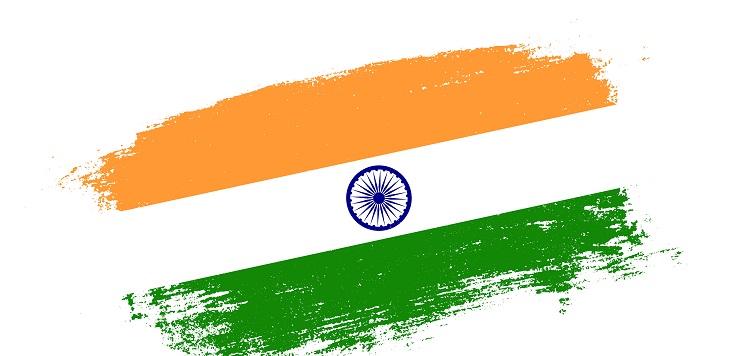India’s digital infrastructure has come a long way since the launch of the Aadhaar initiative in 2009. The country now boasts a network of interoperable platforms that enable digital identity, payments, and data exchange, collectively referred to as the Digital Public Infrastructure (DPI). This infrastructure has evolved to become a sovereign, self-owned technology stack aimed at providing essential services to Indian citizens and the diaspora across the world. With more countries desiring internet and payment sovereignty, India’s digital stack has gained appeal as an alternative to international networks like SWIFT.
India’s Digital Stack as a Benign Alternative to International Networks like SWIFT
India’s Unified Payments Interface (UPI) has emerged as a widely adopted digital payment system. Its popularity stems from its low-cost transactions and interoperability with various payment providers, including wallets, banks, and merchants. The UPI system of digital payments was developed by the National Payments Corporation of India (NPCI) and was officially launched in 2016. Although the underlying technology of UPI is owned by the government, private companies have continually innovated on the system.
In the aftermath of US payment sanctions stunting Russia, more countries have shown interest in internet and payments sovereignty. India’s digital stack is now positioned as a benign alternative to international payment networks like SWIFT. As nations continue to face sanctions and other trade restrictions, the appeal of a sovereign, self-owned technology stack is becoming increasingly evident.
India’s Digital Public Infrastructure (DPI) is a Sovereign, Self-Owned Technology Stack
The Indian government has spearheaded the creation and adoption of the digital ID card Aadhaar, which has facilitated the use of DPI for providing essential services to citizens. DPI is a network of interoperable platforms for digital identity, payments, and data exchange that allows governments to provide essential services to citizens efficiently. DPI has been presented as a sovereign, self-owned technology stack, making it an attractive option for nations seeking to maintain greater control over their payment channels and data security.
Appeal of Digital Public Infrastructures for Sovereignty
According to Trisha Ray, deputy director at the Center for Security, Strategy, and Technology at the Observer Research Foundation (ORF), digital public infrastructure has appeal in terms of sovereignty. The use of DPI allows governments to retain more control over their payment channels’ regulatory frameworks, data security, and user privacy. DPI also enables governments to provide essential services to their citizens, including healthcare, pensions, education, and social welfare.
India launched its own digital infrastructure in 2009, led by Nandan Nilekani
The Indian government launched its digital infrastructure initiative in 2009, led by Nandan Nilekani, co-founder of IT and outsourcing major Infosys. Nilekani spearheaded the creation and adoption of the digital ID card, Aadhaar, which has become the backbone of the Indian government’s digital infrastructure. The introduction of Aadhaar has enabled the government to link individuals quickly and efficiently to essential services ranging from mobile phone services to bank accounts and government subsidies.
Private companies innovating on underlying technology owned by the government for UPI
Despite the underlying technology of UPI being owned by the government, private companies have continued to innovate on the system. Private companies such as Paytm, Google Pay, and PhonePe have built user-friendly interfaces and added features such as credit lines, insurance, and investments, driving wider adoption of the payment system.
India is partnering with banks and payment companies around the world for Unified Payments Interface (UPI)
India has partnered with banks and payment companies worldwide to make the UPI system available to the Indian diaspora or tourists. Countries such as Oman, Saudi Arabia, Singapore, the United Arab Emirates, the United Kingdom, and the United States have collaborated with Indian companies to facilitate the deployment of the UPI system in their countries. These partnerships have been beneficial to both parties as they facilitate significant savings in cross-border transaction costs.
The MOSIP Project is offering a cost-effective way for developing nations to build a foundational identity system
The MOSIP project, housed in the International Institute of Information Technology, Bangalore (IIIT-B), offers nations a cost-effective way to build a foundational identity system. MOSIP is an open-source software stack that governments can customize to their needs. The project provides developing countries with a reliable platform that is scalable and secure, enabling them to offer essential services to their citizens.
International adoption of DPIs is seen as a potential benefit to forge stronger bilateral relations for India
India has been proactive in sharing its technology with other nations interested in achieving internet and payment sovereignty. There is a growing belief among proponents of digital public infrastructure that international adoption of such systems could help countries forge stronger bilateral relations. As more countries adopt digital public infrastructure, India’s technology could become an essential tool for international commerce and bilateral trade, leading to stronger diplomatic and economic ties.
India’s digital public infrastructure offers a sovereign, self-owned technology stack that allows the government to retain more control over their payment channels, data security, and user privacy. The wider adoption of this infrastructure offers potential benefits, including improved bilateral trade and commerce, and strengthened diplomatic relations. As more countries seek internet and payment sovereignty, India’s digital stack could emerge as a preferred alternative to international networks, leading to greater global adoption.

